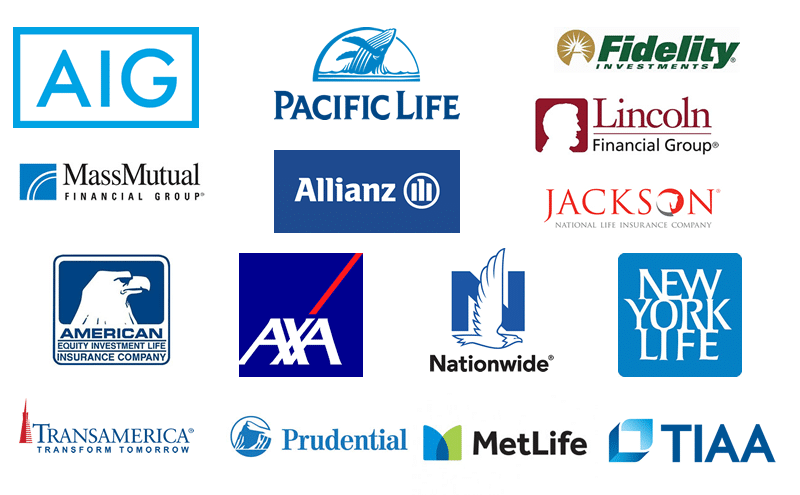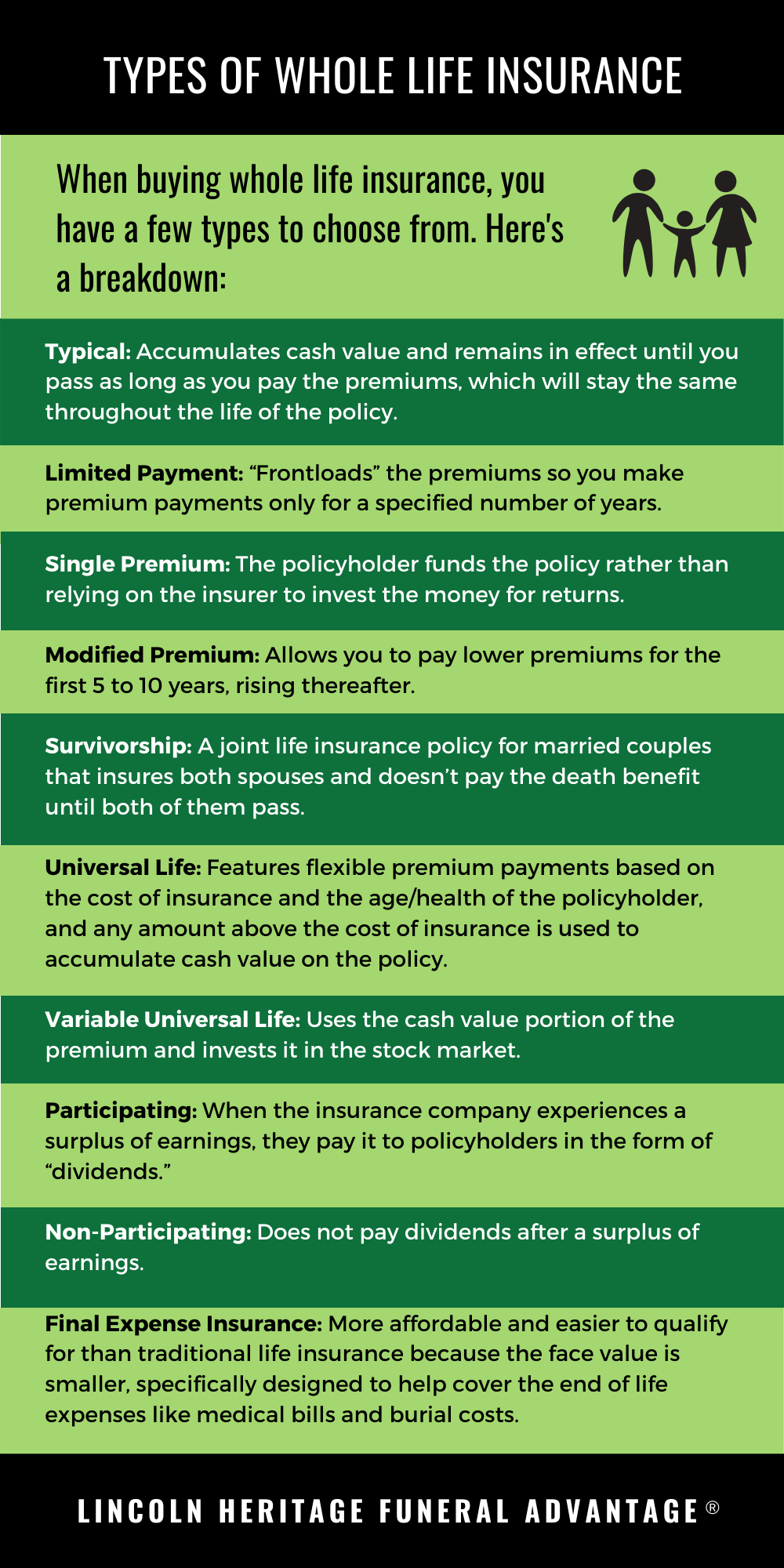At-Fault Car Accidents and Insurance: What You Need to Know
When you’re involved in a car accident, it can be a stressful and confusing time. One of the first things you’ll need to do is figure out who is at fault. If you’re found to be at fault, your insurance company will be responsible for paying the damages to the other driver.
What is an At-Fault Car Accident?
An at-fault car accident is one in which one driver is deemed to be primarily responsible for causing the collision. This can be due to a number of factors, such as:
* Driving while intoxicated or under the influence of drugs
* Speeding or reckless driving
* Failing to yield the right of way
* Running a red light or stop sign
* Making an illegal turn
In some cases, multiple drivers may be found to be at fault for an accident. For example, if one driver runs a red light and another driver fails to yield the right of way, both drivers may be found to be at fault.
What Happens After an At-Fault Car Accident with Insurance?
After an at-fault car accident, it’s important to know who is responsible for the damages. In most cases, the driver who caused the accident will be held liable. This means that they will be responsible for paying for the other driver’s damages, including property damage, medical expenses, and lost wages.
Additional Consequences of an At-Fault Accident
In addition to being liable for the other driver’s damages, the at-fault driver may also face other consequences, such as:
- Increased insurance premiums
- Loss of license
- Jail time
The severity of these consequences will depend on the severity of the accident and the driver’s driving history.
Who is Liable in an At-Fault Accident?
The at-fault driver is the driver who caused the accident. This is usually determined by the police officer who investigates the accident. However, there are some cases where the at-fault driver may not be clear. For example, if both drivers were speeding or if the accident was caused by a third party, it may be difficult to determine who is at fault.
Factors Determining Liability
When determining who is at fault in an accident, the following factors will be considered:
- Who had the right of way
- Who was speeding or driving recklessly
- Who was under the influence of alcohol or drugs
- Who was distracted by a cell phone or other device
In some cases, both drivers may be found to be at fault. This is known as comparative negligence. Under comparative negligence laws, each driver is responsible for their own percentage of the fault. This percentage will then be used to reduce the amount of damages that they can recover from the other driver.
What to Do After an At-Fault Accident
If you are involved in an at-fault accident, it is important to take the following steps:
- Stop your car and call the police.
- Exchange information with the other driver(s) involved in the accident.
- Take pictures of the accident scene.
- Get a copy of the police report.
- Contact your insurance company.
- Get medical attention if you are injured.
- Keep a record of all expenses related to the accident, such as medical bills, car repair bills, and lost wages.
By taking these steps, you can help to protect your rights and ensure that you receive compensation for your damages.
At-Fault Car Accident with Insurance: Determining Fault
Getting into a car accident can be a distressing experience, especially when determining who’s at fault. In such cases, insurance companies play a crucial role in assessing the blameworthiness of involved parties. To arrive at a fair conclusion, they meticulously analyze various factors that shed light on the circumstances leading to the collision.
Assessing Fault
Determining fault in a car accident is not always a straightforward task. Insurance companies employ a multi-faceted approach, taking into account an array of evidence to paint a comprehensive picture of what actually transpired. Police reports, for instance, provide a detailed account of the accident scene, including witness statements and damage assessments. These reports serve as valuable documentation, aiding insurance companies in piecing together the sequence of events.
Witness Statements and Other Factors
Witness statements offer another valuable perspective on the accident. By gathering accounts from individuals who witnessed the collision, insurance companies gain insights into the actions and behaviors of the drivers involved. These firsthand observations can help corroborate or challenge the claims made by the drivers themselves.
In addition to police reports and witness statements, insurance companies also meticulously examine the damage sustained by the vehicles involved. The extent and location of the damage can provide clues about how the accident occurred. For example, if one vehicle has significant damage to its rear bumper while the other has damage to its front bumper, it may indicate that the latter vehicle was likely at fault for rear-ending the former.
Furthermore, insurance companies consider factors such as traffic laws, road conditions, and driver behavior when determining fault. They evaluate whether any party violated the rules of the road, such as running a stop sign or driving under the influence of alcohol. Additionally, they assess whether any driver was distracted or exhibited reckless behavior that contributed to the accident.
Determining Fault: A Multifaceted Process
Determining fault in a car accident is a multifaceted process that requires a thorough examination of all available evidence. Insurance companies carefully weigh each piece of information to establish a clear understanding of the circumstances surrounding the collision. By doing so, they can fairly and accurately assign fault to the responsible party, ensuring that the appropriate compensation is awarded to those affected.
Dealing with an at-fault car accident can be a real pain in the neck. But, don’t worry, we’ve got you covered. In this article, we’ll dive into the ins and outs of filing a claim after an at-fault accident, answering all your burning questions. So, strap yourself in and let’s get started!
Filing a Claim After an At-Fault Accident
When you’re the one at fault, filing a claim can be a daunting task. But, fear not! Here’s a step-by-step guide to help you navigate the process:
- Report the accident: Contact the police immediately and file an accident report. This will provide a detailed record of the incident.
- Gather evidence: Take photos of the damage, collect witness statements, and get a copy of the police report. This will strengthen your claim.
- Contact your insurance company: Report the accident to your insurance provider as soon as possible. They will guide you through the claims process.
- File a claim with the at-fault driver’s insurance company: Your insurance company will typically handle this step for you. They will determine the amount of compensation owed and negotiate a settlement.
- Cooperate with the insurance companies: Provide any requested documentation and attend any appointments scheduled by the insurance companies. This will help expedite the process.
At-Fault Car Accident with Insurance: A Comprehensive Guide to Coverage and Consequences
After the jarring impact of an at-fault car accident, navigating the aftermath can be a daunting task. One crucial aspect to consider is your insurance coverage and how it impacts your financial responsibilities. This article delves into the complexities of at-fault car accidents and the role of insurance in mitigating the financial burdens.
Insurance Coverage for At-Fault Accidents
Most auto insurance policies provide a safety net for at-fault accidents, offering coverage up to predetermined limits. However, it’s essential to understand the nuances of your policy to avoid any surprises down the road. Comprehensive and collision coverage typically protect your vehicle, while liability coverage covers expenses related to damages caused to others.
Determining Liability in At-Fault Accidents
Establishing fault in a car accident is crucial, as it directly influences who bears the financial responsibility. Insurance companies employ various factors to determine liability, including police reports, witness statements, and physical evidence. Factors such as driving under the influence, reckless behavior, or violating traffic laws can significantly impact liability assignments.
Financial Responsibilities in At-Fault Accidents
If you’re deemed at fault for an accident, you may face substantial financial obligations. These expenses can include:
- Vehicle repairs or replacement costs for both your own and the other party’s vehicles.
- Medical expenses for injuries sustained by yourself, passengers, or other individuals involved in the accident.
- Property damage, such as damage to buildings, fences, or other property.
The Impact of At-Fault Accidents on Premiums
An at-fault accident can have a significant impact on your insurance premiums. Insurance companies assess risk based on driving history, and at-fault accidents can be viewed as indicators of increased risk. As a result, you may face higher premiums to reflect the perceived higher risk of future accidents.
Additional Considerations
In addition to the financial consequences, at-fault accidents can also impact your credit score and your ability to obtain affordable insurance in the future. It’s important to explore all available coverage options, consider raising your deductible to lower premiums, and maintain a clean driving record to minimize the long-term effects of an at-fault accident.
What Happens If I’m At Fault in a Car Accident With Insurance?
Car accidents are already stressful enough, but they can be even more so if you’re found to be at fault. Being at fault means that you’re legally responsible for the accident, which can lead to a number of consequences, including increased insurance premiums, a suspended driver’s license, or even legal penalties.
Consequences of Being an At-Fault Driver
The consequences of being an at-fault driver can vary depending on the severity of the accident and the laws in your state. However, some of the most common consequences include:
- Increased insurance premiums: After an at-fault accident, your insurance company will likely raise your rates. This is because you’re now considered a higher risk driver.
- Suspended driver’s license: In some cases, you may have your driver’s license suspended or revoked after an at-fault accident. This is especially likely if you were driving under the influence of alcohol or drugs, or if you caused serious injuries or property damage.
- Legal penalties: In some cases, you may face legal penalties for causing an at-fault accident. This is especially true if you were driving recklessly or if you caused serious injuries or death.
What to Do If You’re at Fault in a Car Accident
If you’re involved in a car accident, it’s important to stay calm and take the following steps:
- Call the police: Even if the accident is minor, it’s important to call the police so that they can file a report. This report will be helpful if you need to file an insurance claim or if you’re facing legal action.
- Exchange information: Be sure to exchange information with the other driver(s) involved in the accident. This includes your name, address, phone number, insurance information, and license plate number.
- Take photos: If possible, take pictures of the accident scene. This will help you to document the damage and support your insurance claim.
- Get a copy of the police report: Once the police have filed their report, be sure to get a copy. This will be helpful if you need to file an insurance claim or if you’re facing legal action.
At-Fault Car Accidents: Understanding Insurance Implications
Being involved in a car accident can be a stressful and overwhelming experience, especially if you’re determined to be at fault. In such cases, understanding the insurance implications becomes crucial. At-fault drivers bear the responsibility for causing the accident and are legally liable for the resulting damages. This means your insurance policy will most likely cover the costs incurred by the other party, including medical expenses, property damage, and lost wages.
Tips for Avoiding At-Fault Accidents
While accidents are often unpredictable, there are proactive steps you can take to minimize your risk of becoming an at-fault driver. Here are some tips:
Obey Traffic Laws
Adhering to traffic laws and regulations is the cornerstone of safe driving. Don’t speed, stop at stop signs, signal your turns, and maintain a safe following distance. These seemingly small actions can make a significant difference in preventing collisions.
Avoid Distractions
Distractions can lead to lapses in attention and impaired decision-making. Put your phone away, avoid eating or drinking while driving, and steer clear of other activities that could take your focus away from the road.
Drive Defensively
Anticipate the actions of other drivers and take precautions to avoid potential hazards. Assume that other vehicles might do something unexpected and be prepared to react accordingly. Always be aware of your surroundings and look for potential threats.
Check Your Blind Spots
A blind spot is an area around your vehicle that you can’t see from the driver’s seat. Check your mirrors regularly and, when changing lanes or making turns, physically turn your head to check for any vehicles in your blind spot.
Be Aware of Your Surroundings
Pay attention to the road conditions, weather, and other factors that could affect your driving. Adjust your speed and driving style accordingly. For example, driving too fast in inclement weather can increase your chances of losing control of your vehicle.
Be Courteous to Other Drivers
Yield to pedestrians, cyclists, and other vehicles. Don’t cut others off or engage in aggressive driving behaviors. Remember, the road is a shared space, and everyone has the right to drive safely. Respecting others can go a long way in preventing accidents.
Stay Alert and Well-Rested
Driving while tired or under the influence of alcohol or drugs significantly increases your risk of an accident. Get plenty of sleep before driving, and never operate a vehicle under the influence of mind-altering substances. Your attention and reaction time are essential for safe driving.




Leave a Reply